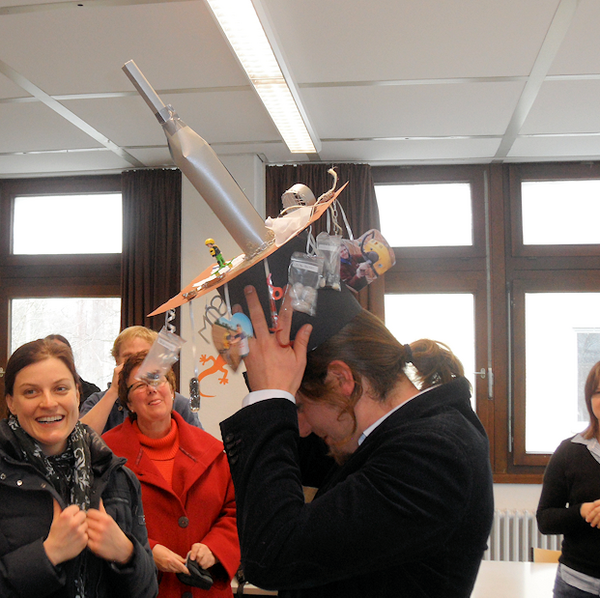
Christopher Poeplau is the first PhD student who finished his thesis at the Thünen Institute of Climate-Smart Agriculture. He completed his thesis within three years in December 2012 and successfully defended his thesis at the Technical University Braunschweig. The title of the thesis was „The effect of land-use change on soil organic carbon stocks and quality in Europe“ and was part of the European project GHG-Europe.
Land-use changes influence the balance between input and decomposition of soil organic matter and therefore can change the stocks and quality of soil organic carbon. Globally, land-use changes cause around 20% of the total anthropogenic greenhouse gas emissions. However, only few studies existing on the land-use changes and soil carbon in Europe. The aim of this PhD thesis was to quantify the effect of the most important land-use changes in Europe on the amount and quality of soil organic carbon and thus their climate impact.
One part of the thesis was a global meta-analysis based on 322 land-use change sites. This data set was used to explore the temporal dynamic of soil organic carbon stocks after land-use changes. Results show that the accumulation of soil organic matter is much slower that its loss. Thus, soil carbon can be lost rapidly but accumulation is a slow process. [Scientific paper]
In a pan-European sampling campaign 24 sites with land-use change have been sampled with more than 2000 samples. New insights were gathered into the quality and vulnerability of soil organic carbon after land-use changes. Soil carbon under forest tuned out to be much more labile and vulnerable as compared to carbon under grassland even though total organic carbon stocks were similar under both land-use types. [Scientific paper]
As a new land-use change type the conversion of cropland to energy-plant plantations with Miscanthus was investigated at sis European sites. By using the stable isotope 13C and the soil carbon model RothC, the accumulation of Miscanthus-derived carbon and the loss of old cropland carbon was determined. The annular carbon accumulation under Miscanthus was 0.4±0.2 Mg C ha-1. Thus, growing Miscanthus is one of the most effectives measured to accumulate soil carbon on croplands. [Scientific paper]
The thesis of Christopher Poeplau significantly contributed to a better understanding of soil carbon dynamics after land-use changes in Europe.

![[Translate to English:] [Translate to English:]](/media/_processed_/6/4/csm_titel_CO2Kampagne8_afeea2273e.png)
![[Translate to English:] [Translate to English:]](/media/_processed_/4/1/csm_titel_93px_CO2Kampagne8_9b0f3354d4.png)





